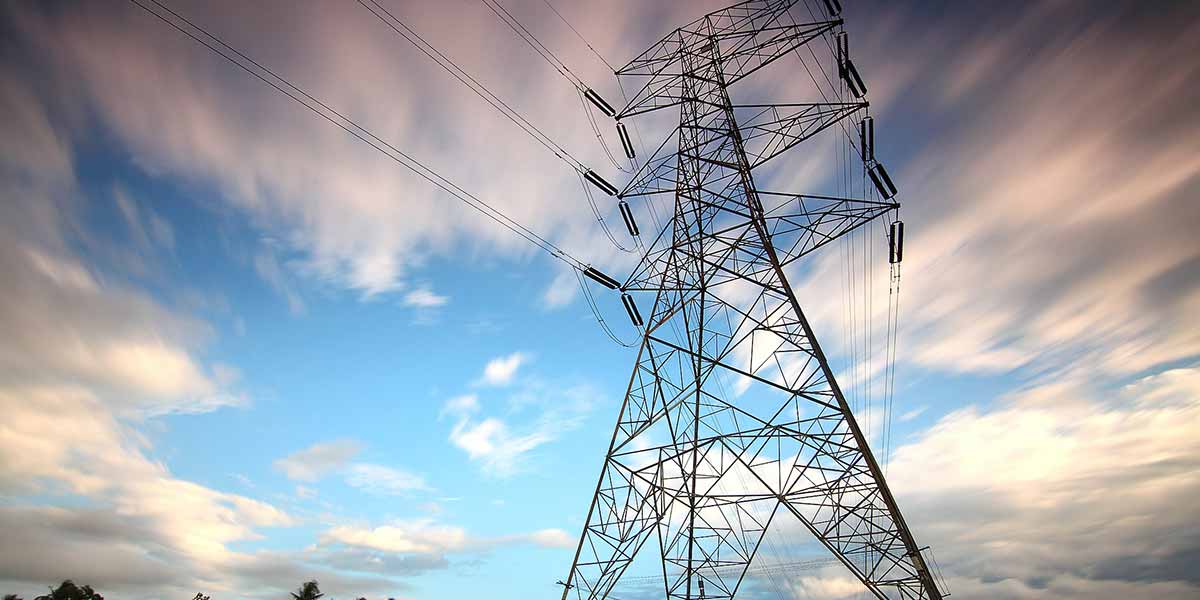Energy And Its Issues
Australians have always enjoyed reliable, secure and low-cost energy; a factor that has contributed considerably to the economic success of the country. In the opinion piece by Les Hosking, Honorary Professional Fellow at SMART Infrastructure Facility, reliability in the electricity and gas context was defined as a low interruption risk, while security meant continuity of availability relative to demand. Sustainability was defined to mean meeting present needs without compromising future generations to meet their needs.
Australia’s low cost electricity and gas prices were linked to a significant and diverse supply of brown and black coals, natural and coal seam gas resources, wind, solar, hydro and geothermal for several centuries. Now that the country is set to embrace more sustainable approaches towards energy, studies reveal that she would need investment of around $240 billion in the electricity gas industry between now and 2035 to ensure the outlook remains positive.
The success of this plan also rests on the coordination between future governmental policies to ensure that capital and attention are given to the project adequately. Emergency plans also have to be put in place in case of disruptions to energy supplies; which are likely to happen.
Challenges Facing The Energy Sector
The goal of the energy sector is faced by a number of obstacles including:
Uncertain climate change policies;
Volatile demand for energy resources from other industrialising nations;
Ageing infrastructure;
Consumer concerns related to the use of various energy sources;
Increases and decreases in consumption patterns by consumers in response to technology and price.
Expanding more on the importance of community awareness on the changes in the energy sector, Hosking emphasised on the notable price increases in recent times which have been in response to the increasing investment in transmission and distribution networks.
These factors also include the installation of new metering technology, increase in the cost of energy fuels and the adoption of renewable energy technology in response to carbon abatement policies.
Global economic conditions have also influenced the trajectory of the Australian sustainable energy infrastructure project. The unstable levels of demand and supply of energy, energy efficiency technology, and reduction in commercial and industrial activities have influenced the general progress of the plan.
The reduction in the demand for energy is unusual as the demand declined 4% to the economic growth of 3%. If advanced energy infrastructures are invested in and deployed over time, retailers may capitalise on it as a marketing tool, a move that may further reduce demand.
The future of energy infrastructure depends on timely construction of gas pipelines, an exercise that requires precise and conclusive infrastructure analysis. Timeliness is also important for the planning and approval processes. To drive this goal into reality, the people need to understand and accept that the need for gas infrastructure is a huge issue.
The government expects gas to transition Australia’s energy needs to a cleaner and more sustainable energy environment. Only with the education and support of the people can important energy resources, such as coal seam gas, wells and transmission pipelines be safely and efficiently developed.




